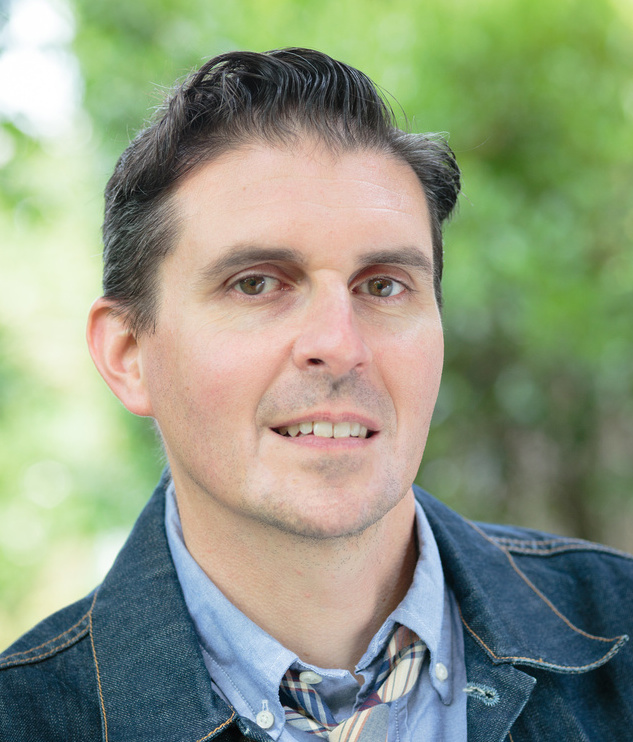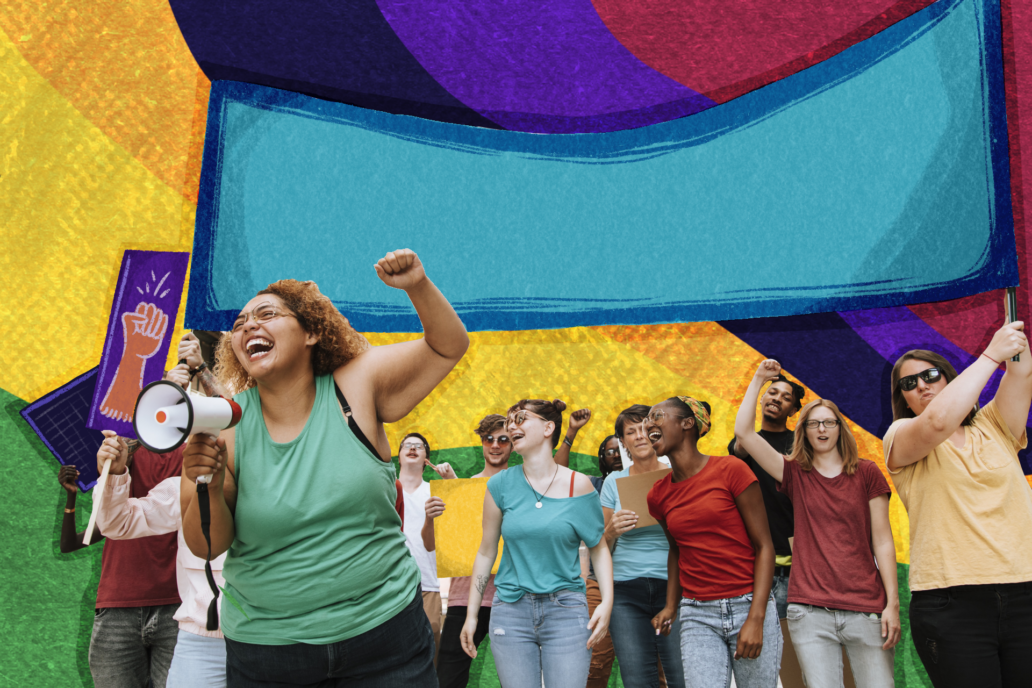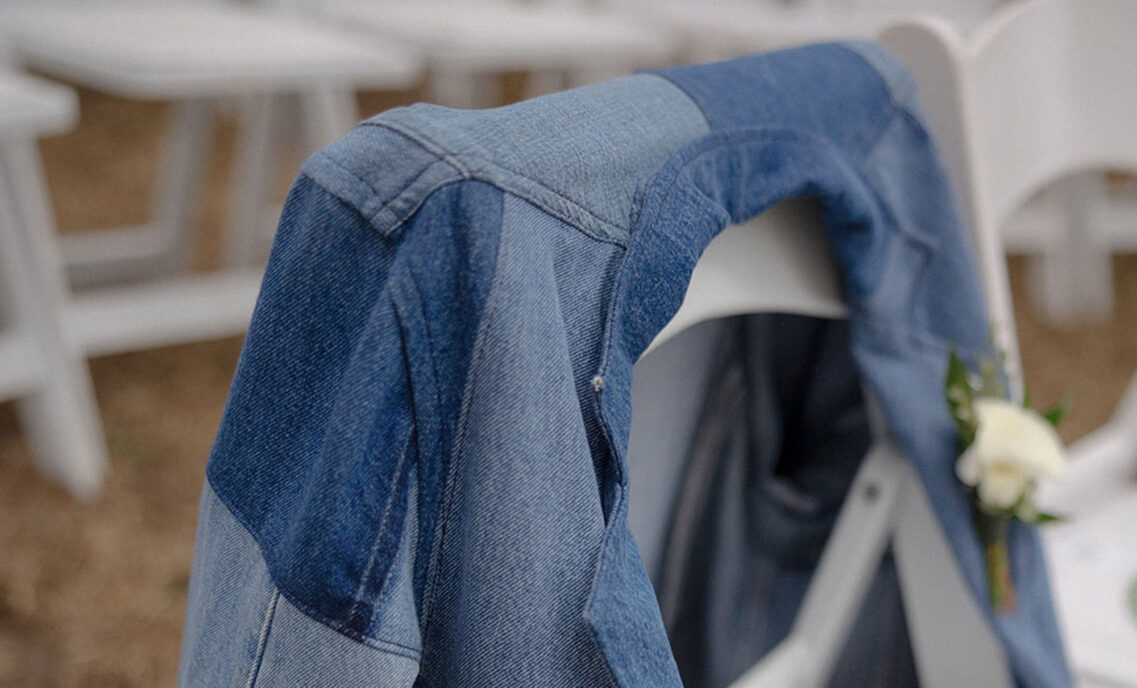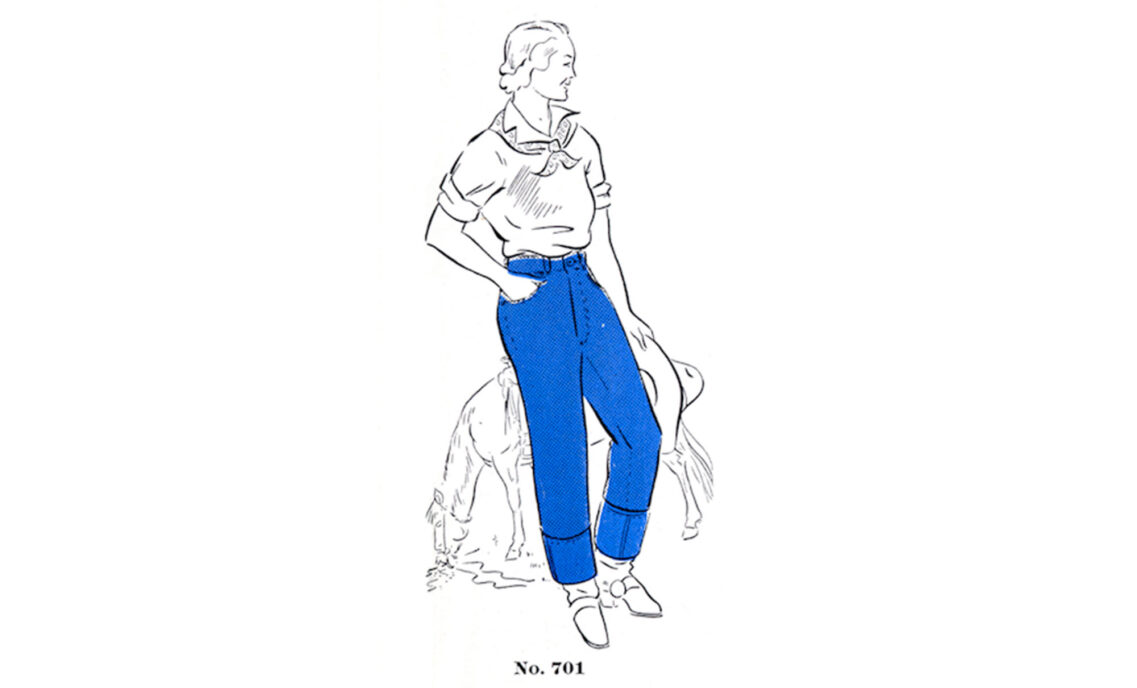As a tops designer at Dockers, Anthony Murray has a unique role at LS&Co. “You have to learn to have a loud voice,” he says with a laugh about designing tops for a brand synonymous with iconic pants.
That’s hardly a challenge for the designer, who is motivated by LS&Co.’s robust heritage and collaborative global work culture. With experience starting as a vintage clothing dealer that led into menswear design, Anthony has created products for iconic Dockers collections—including the sustainable Well Thread line—and continues to innovate for Dockers’ growing international consumer-base.
We asked Anthony to tell us about his role at LS&Co., his passion for vintage clothes, and his love of design:
UNZIPPED: As a designer of Dockers Tops, what does your role entail?
ANTHONY MURRAY: It involves working with my fellow designers as well as with production, merchandizing and marketing to bring the product to life. It starts with a concept, putting together a color palette, searching for inspiration, then working closely with merchandising to develop a strategy for the line.
Since Dockers is known for pants, what’s it like designing tops for the brand?
I actually think about that every time I walk into work. I see the big letters that say Levi Straus and Co. and pass by a display of 501s throughout history in the lobby. Dockers is working in the shadow of a pretty famous brand, Levi’s, and it’s really inspiring. Ultimately it sets the bar really high. As a designer of tops, you learn to have a loud voice in order to be heard at the table when there’s so much focus on pants.
When it comes to designing tops for Dockers, the chino is the nucleus of the brand’s DNA. That guides the design, looking for an analogous authenticity and story in creating the tops that complete the collection.
Do you have a favorite top that you have designed? Why?
The Well Thread Clean Shirt. This is a style I created while working with Paul Dillinger on the Well Thread collection. I was really challenged by Paul, following the tenets of the project and bringing ideas into the discussion. We really wanted to live up to what design was truly capable of. Inspired by the Levi Strauss logo of the two horses trying to pull apart the jeans, we asked ourselves how do you design a better garment, better in every step of the process. Better cotton, a collaborative way of working with the factory, investing in the well being of the workers who make our clothes, a strategy around efficiency and sustainability that results in a beautiful products and is a compass point to the future. Our shirt buttons, for example, are made of compressed cotton. We had choices around natural materials, but these buttons are a nod to an ideal future of a closed loop production. Working on the Well Thread line was inspiring to me as a designer, and it changed a lot of the way I think about the power of design.
Where do you get your creative inspiration form?
I’m inspired by the history of menswear. Looking at Laurence Fellows’ illustrations; he worked for Esquire magazine in the 30’s and 40’s, and really captured the spirit of the era. Old patent drawings, and the way that most menswear is really rooted in purpose. If you trace back the origins of most iconic garments, you’ll find that they were created for a special trade. Fishermen in the British Isles in the 19th century wore these distinctive sweaters called ganseys, and each fisherman had one sweater he wore his whole life. There is a power to that object and that garment. To be able to channel that into a product you design—that rich history, and the fact that classic menswear is really rooted in purpose—that’s really where I get most of my inspiration from.
How did you get in to your line of work? Was fashion always something you wanted to get into?
I started off being really into vintage clothing when I was a teenager. It was a way for me to express my creativity without having to spend a lot of money, and there was a period of time when I wouldn’t leave the house if I wasn’t head-to-toe in clothes several decades older than me. I went to school to study art, and on the side I worked for a vintage dealer. That’s how I learned all about the minor details of garments. That was also my first taste of commerce. Dealing vintage clothes, you learn that a minor detail on something dates a product, which turns into dollars and translates into sales. I learned that and branched off on my own. It just grew organically from there. It turned from a hobby, to a side job, to me moving to New York—and it is now my full time obsession (laughs).
What is the most interesting part of your job that most people don’t think you do?
A lot of people don’t know that designers work with antique textile dealers, which is sort of a niche market that exists primarily to serve the garment industry. We go and work with these dealers and look at swatches of fabric. These dealers have millions of swatches of print and yarn dye patterns. That’s a big source of inspiration for each season. If we are starting a spring season, for instance, and we want to do madras shorts, we’ll look at swatches of madras fabric from the 1920’s from the city once known as Madras—that’s something that most people are likely not going to see on Project Runway.
So, your job isn’t like Project Runway?
(Laughs). Oh not at all!
What are some of the biggest differences about what you might see on television about designing and what you actually do?
Well, when you watch something like Project Runway—and to a certain degree, in design school—it’s pretty much a solo effort. It’s all about what you are capable of designing and making on your own. Whereas, when you actually get out in the field, you are a link in a huge global supply chain. That’s also the biggest learning curve for students entering the work force. Learning to go from a world where they did everything and were very hands-on to a world where everything is about the power of collaboration and communication. You are working with merchandising, with production, with maybe a factory on the other side of the world. That’s the biggest difference between what you see on television and the reality of what we do.
What challenges are there in your job?
Designing for a global market. Designing product that is relevant for different regions of the world while at the same time coming both to a consistent brand point of view and leveraging the power of a global operating strategy.
That’s the challenge. It’s a puzzle and we get better and better at it every season.
What is your LS&Co. story? When did you first learn about Dockers?
I remember when Dockers first launched; it was such a powerful product launch that at that time I truly felt that Dockers invented the chino. It’s a great brand in the portfolio of LS&Co. Levi Strauss was always a company I really wanted to work at ever since I first got into the garment industry. There is a heritage and authenticity that you own at Levi Straus. I just really love Dockers.
What do you love best about your job?
Being part of a company that has been around for more than one hundred years. There is a certain mindset here and all the challenges you face are in the interest of working toward something that is way bigger then you—something that’s been sustained for over 160 years. It’s just a completely different culture then I had working at a lot of different companies in New York. I love that. Working for a company that has such a great, rich heritage is definitely rewarding.







